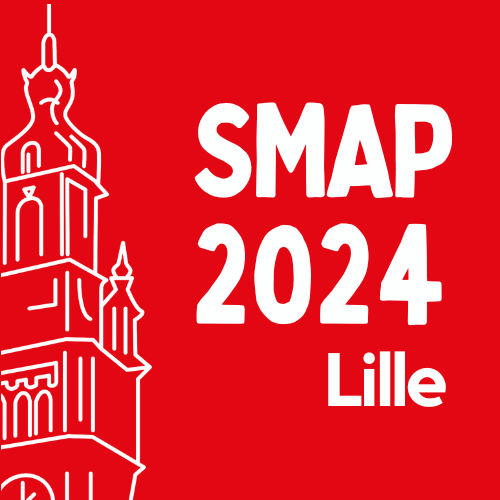
Session: Session 3
Binding mode of S100A6 and S100P to the extracellular domain of RAGE monitored by structural mass spectrometry
The receptor for advanced glycation end products (RAGE) belongs to the immunoglobulin subfamily and triggers pro-inflammatory responses linked to diseases upon substrate binding. S100 proteins, a family of RAGE substrates, promote inflammation and tissue damage through a polymorphic RAGE-mediated signaling during stress. The binding mode and stoichiometry of S100/RAGE complexes are still not clearly defined and could vary depending on the nature of the S100 ligand. Here, we use a combination of structural mass spectrometry (MS) techniques to explore the binding of two different S100 proteins (S100A6 and S100P) to the extracellular domain of RAGE: native MS to monitor the stoichiometry of formed complexes, and Hydrogen/Deuterium exchange MS to identify binding interfaces and conformational changes upon binding. Our results demonstrate that multiple copies of the S100 partners can bind to RAGE in solution, and that this binding induces the dissociation of dimeric RAGE. Further analysis of the different detected complexes and their conformational dynamics are required to understand their physiological relevance in RAGE signal transduction.